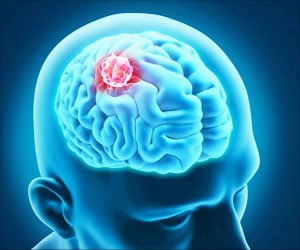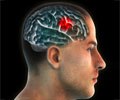PET/CT scans may help to predict the effectiveness of therapy in pediatric brain tumors, reveals study.

The research study is published in The Journal of Nuclear Medicine.
"Children with DIPG have a very poor prognosis, with less than 10 percent of the patients surviving two years from diagnosis," explains Guus A. van Dongen, PhD, of VU University, Medical Center, Amsterdam, The Netherlands. "These tumors are resistant to all kinds of therapies. Chemotherapy, as well as new targeted therapies, may not reach the tumor due to the location within the brainstem."
For the study, researchers investigated whether bevacizumab can reach the tumor in children with DIPG by measuring the tumor uptake of zirconium-89 (Zr-89)-labeled bevacizumab with PET. In addition, they evaluated the safety of the procedure and determined the optimal timing of imaging.
Two weeks after completing radiotherapy, seven patients (age range: 6-17) were given whole-body PET/CT scans performed at 1, 72 and 144 hours post-injection. The optimal moment of scanning was found to be 144 hours post-injection. The patients also underwent contrast (gadolinium)-enhanced MRI.
"The results showed that indeed there is considerable heterogeneity in uptake of Zr-89-labeled bevacizumab among patients and within tumors," Van Dongen points out. "This non-invasive in vivo quantification of drug distribution and tumor uptake may help to predict therapeutic potential, as well as toxicity, and could help develop strategies for improving drug delivery to tumors."
Advertisement
Advertisement















